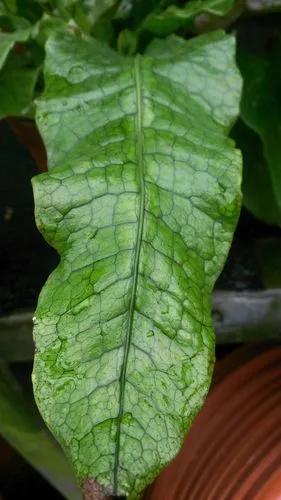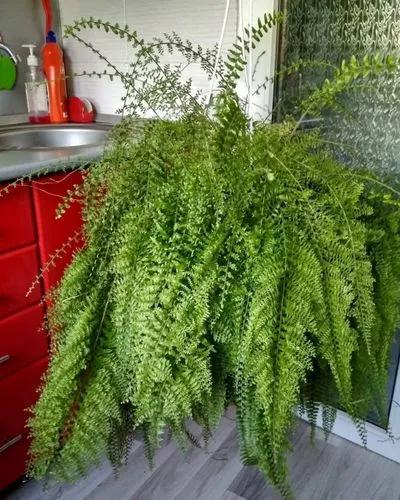The Western Sword fern is well named: sword-shaped, rich green evergreen fronds up to 90cm long are abundantly produced in loose shuttlecocks. Allowed to grow into mature specimens in dappled shade of a tree canopy with rich moist soil at the roots they develop a character and presence that is worthy of any garden. Unaccountably rarely cultivated, Polystichum munitum should be more widely grown.
Western Sword Fern Care
Polystichum Munitum



How to Care for the Plant

Water

While still young, water the Western sword fern while it is actively growing each week it does not rain. After the first summer, the established plant only needs watering once every three weeks when it does not rain. In a good year without any prolonged periods of drought, this fern can survive on natural rainfall.

Pruning

When the fern goes dormant for the winter, do not remove the dead fronds. They offer live fronds protection from harsh weather and provide food for wildlife. In spring, before new growth begins, cut off the dead fronds with a sharp knife. If the fronds look crowded, remove some of the oldest fronds to make room for new ones.

Fertilizer

To look its best, the Western sword fern benefits from a couple of applications of fertilizer a year. This puts more nutrients into the soil and prolongs the life of the roots. Do not fertilize the fern for at least six months after planting. Scratch in 1 1/2 tablespoons of 10-10-10 slow-release fertilizer into the top 1 inch of soil around the base of the fern and water the area well to dissolve the fertilizer. Feed the plant once when new growth begins in spring and again in the middle of summer.

Sunlight

Western sword fern thrives in cool, humid climates and does best with full to partial shade

Soil

It needs well-draining soil so the area around its roots does not stay wet after watering. Overly wet soil encourages root rot.

Temperature

It is hardy to zone (UK) 4.

Additional

Although we have found no reports of toxicity for this species, a number of ferns contain carcinogens so some caution is advisable[200]. Many ferns also contain thiaminase, an enzyme that robs the body of its vitamin B complex. In small quantities this enzyme will do no harm to people eating an adequate diet that is rich in vitamin B, though large quantities can cause severe health problems. The enzyme is destroyed by heat or thorough drying, so cooking the plant will remove the thiaminase

Popularity

827 people already have this plant 134 people have added this plant to their wishlists
Discover more plants with the list below
Popular articles






